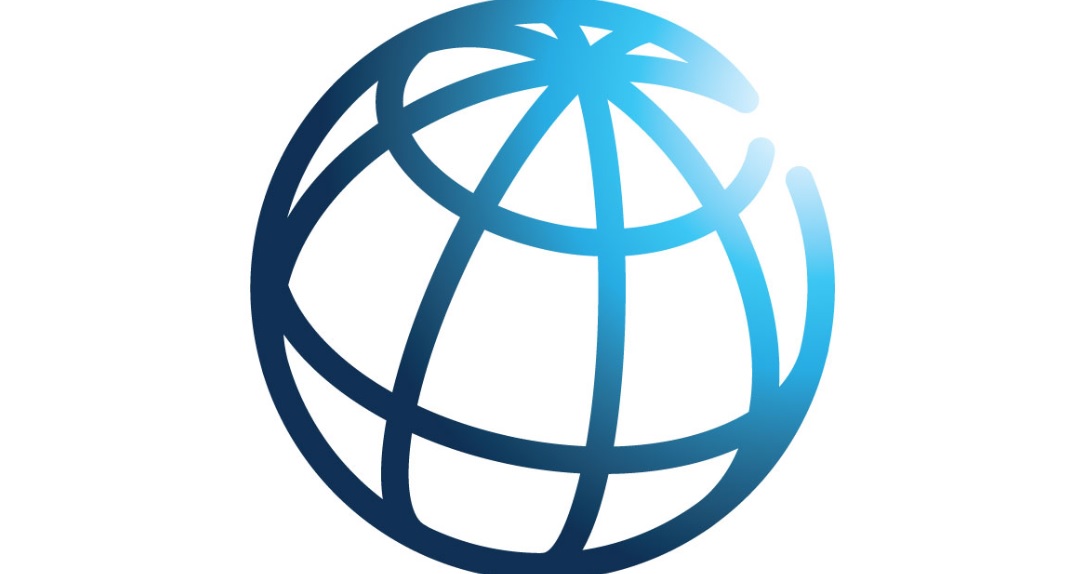World Bank developing strategy for Fragility, Conflict, and Violence
The impacts of FCV are especially profound on the poorest and most vulnerable people and communities, whose livelihoods and economic opportunities are threatened.

- Country:
- Tajikistan
Fragility, Conflict, and Violence (FCV) are among the most pressing challenges to reducing poverty and achieving the Sustainable Development Goals (SDGs). There is an increased urgency to tackling these issues, given the rise in violent conflicts, record numbers of forcibly displaced people, and growing share of the poor living in FCV-impacted countries. By 2030, at least half of the world’s poor will be living in fragile and conflict-affected settings.
The impacts of FCV are especially profound on the poorest and most vulnerable people and communities, whose livelihoods and economic opportunities are threatened.
The World Bank Group is currently developing its first strategy for Fragility, Conflict, and Violence, and has mobilized unprecedented financing for addressing FCV, particularly to strengthen the International Development Association’s (IDA) role in preventing the onset, escalation, and recurrence of violent conflict, and in mobilizing support for refugees.
One of the financing tools is the Risk Mitigation Regime (RMR), which is a pilot instrument under IDA18. Tajikistan is among four countries globally (along with Guinea, Nepal, and Niger), which have received funding of $100 million from RMR, in addition to its regular allocation from IDA to address the risks of FCV.
According to World Bank’s Risk and Resilience Assessment in Tajikistan, economic risks such as limited employment opportunities, coupled with security risks emanating from the 1,400 km border with Afghanistan, and social risks resulting from poor service delivery in rural areas and high rates of rural poverty, are creating risks of social and economic exclusion and vulnerability.
Three projects, the Socio-Economic Resilience Strengthening Project, the Rural Economy Development Project, and the Rural Electrification Project - collectively referred to as the “Tajikistan Resilience Strengthening Program” - were approved under the RMR instrument.
By strengthening local institutions and promoting dialogue with citizens, creating youth inclusive services and livelihood support, and creating new economic opportunities in community-based tourism and agribusiness, these projects aim to help Tajikistan mitigate the risks of fragility.
ALSO READ
UNICEF data reveals increase in civilian casualties from landmine and explosive ordnance in Myanmar’s conflict
New World Bank program to expand electricity network through private sector participation in Ethiopia
EXPLAINER-Gaza war at six months: what is the history of the Israel-Palestinian conflict?
NATO is not and will not be party to the conflict in Ukraine, says Stoltenberg
World Bank allocates USD 16 million to support women-led businesses in Afghanistan










